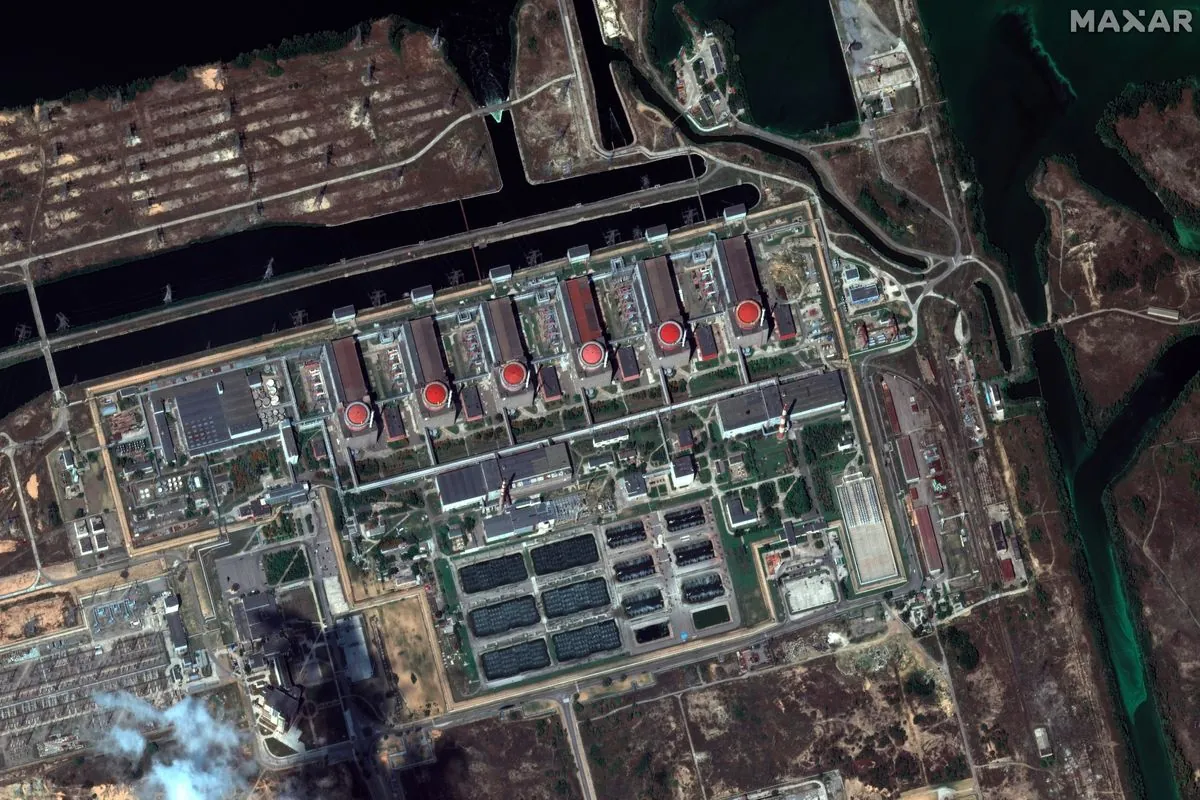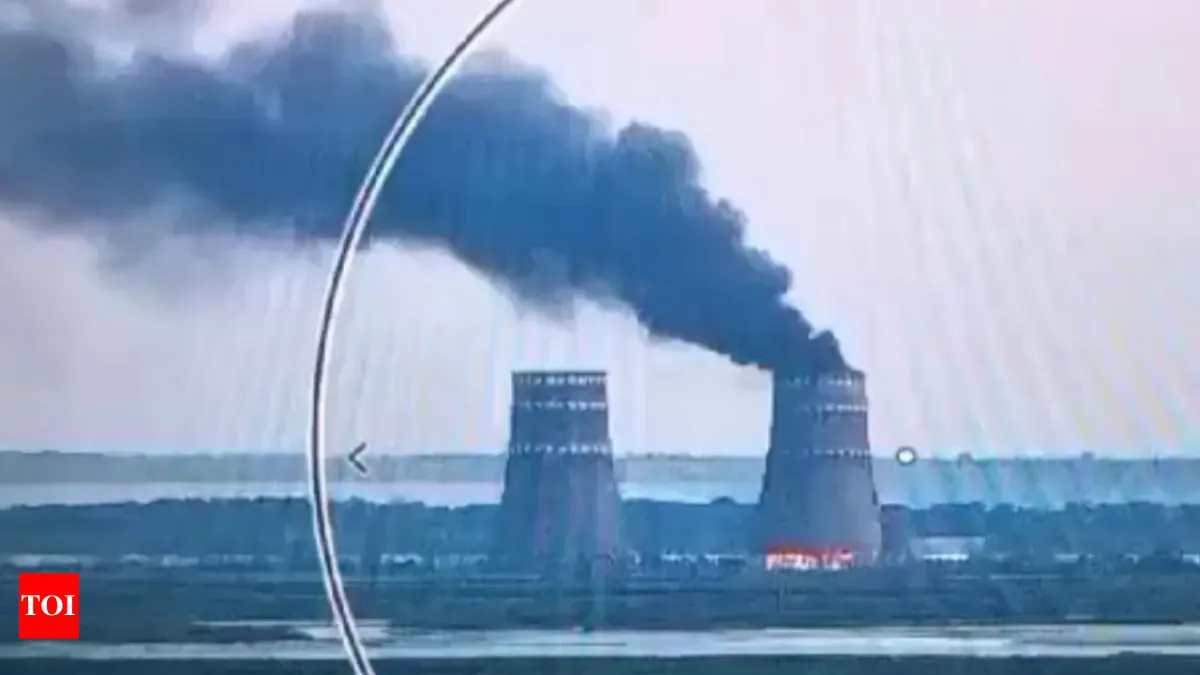IAEA Investigates Fire at Zaporizhzhia Nuclear Plant, Rules Out Base Origin
IAEA continues probe into Zaporizhzhia plant fire, finding evidence against base origin. Russian management considers dismantling damaged cooling tower, raising safety concerns at Europe's largest nuclear facility.

Nearly a year ago, on August 14, 2023, a fire incident at the Zaporizhzhia Nuclear Power Plant in Ukraine sparked international concern. The International Atomic Energy Agency (IAEA) has since been investigating the event, providing updates on their findings.
In a statement released on August 15, 2023, the IAEA shared crucial information about the fire's origin. Rafael Mariano Grossi, the agency's Director General, stated:
"The evidence gathered reinforces our conclusion that the main fire seems unlikely to be at the base of the cooling tower."
This assessment is significant, considering the vital role cooling towers play in removing waste heat from the power generation process. The Zaporizhzhia Nuclear Power Plant, Europe's largest, boasts six VVER-1000 pressurized water reactors and, when fully operational, generates approximately 20% of Ukraine's electricity.
The IAEA's investigation also revealed the presence of foreign objects or materials in the damaged tower. This observation has raised questions about the potential causes of the fire and the overall safety of the facility.
Adding to the complexity of the situation, the Russian management overseeing the plant has informed the IAEA that the affected cooling tower may need to be dismantled. This development has intensified concerns about the plant's operational capacity and safety measures.

It's worth noting that the Zaporizhzhia Nuclear Power Plant has been under Russian control since March 2022, following the full-scale invasion of Ukraine. This occupation has led to numerous safety concerns and operational challenges. The IAEA has conducted several missions to the plant since the occupation began, consistently expressing worries about its safety status.
The plant's location in Enerhodar, Zaporizhzhia Oblast, places it in close proximity to the conflict's frontlines. This precarious position has resulted in multiple disconnections from Ukraine's power grid and raised fears of potential nuclear accidents or deliberate damage.
As the IAEA continues its investigation, the international community remains vigilant. The agency's efforts to promote the peaceful use of nuclear energy are being tested in this complex geopolitical scenario. The situation at Zaporizhzhia serves as a stark reminder of the critical importance of maintaining nuclear safety and security, especially in conflict zones.


































